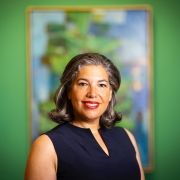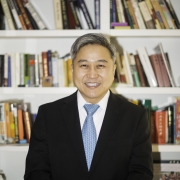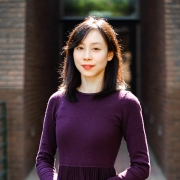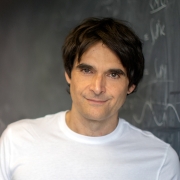Plant Hormone ‘Switch’ Unravels Chromatin to Form Flowers
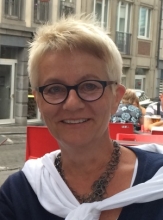
Because plants cannot just pick up and move, they have evolved a plethora of strategies to cope with environmental stresses, whether a harsh spell of drought or a browsing deer.
One of these strategies is plants’ ability to continue growing new, diverse organs throughout their lifespan. Researchers have now identified a hormone-mediated “chromatin switch” that directs a plant to form flowers. In the absence of auxin, genes that initiate flower formation are tucked away in tangled chromatin, a tightly packed bundle of DNA. But, in the hormone’s presence, proteins are recruited to unravel chromatin and make the genes responsible for flower formation more accessible.
The findings could be useful in efforts to strategically boost flower formation as a means of increasing yield in agricultural crops. And the study’s contribution to understanding basic mechanisms of chromatin regulation, which may be similar across species and even kingdoms of living things, could have implications for many biological processes, including human health.
“This one hormone auxin is very famous because it has many roles, in embryo, root and flower development, in vein formation, in growth—it’s doing all of these things,” said Doris Wagner, senior author on the work and a professor of biology in Penn Arts and Sciences. “The question is always, 'How can one hormone do all these different things?' Now we see that, by helping open up chromatin, it can allow a variety of other proteins to come in and initiative these different pathways. All of a sudden these very diverse processes are not so hard to explain anymore.”
To read the full story, click here.

